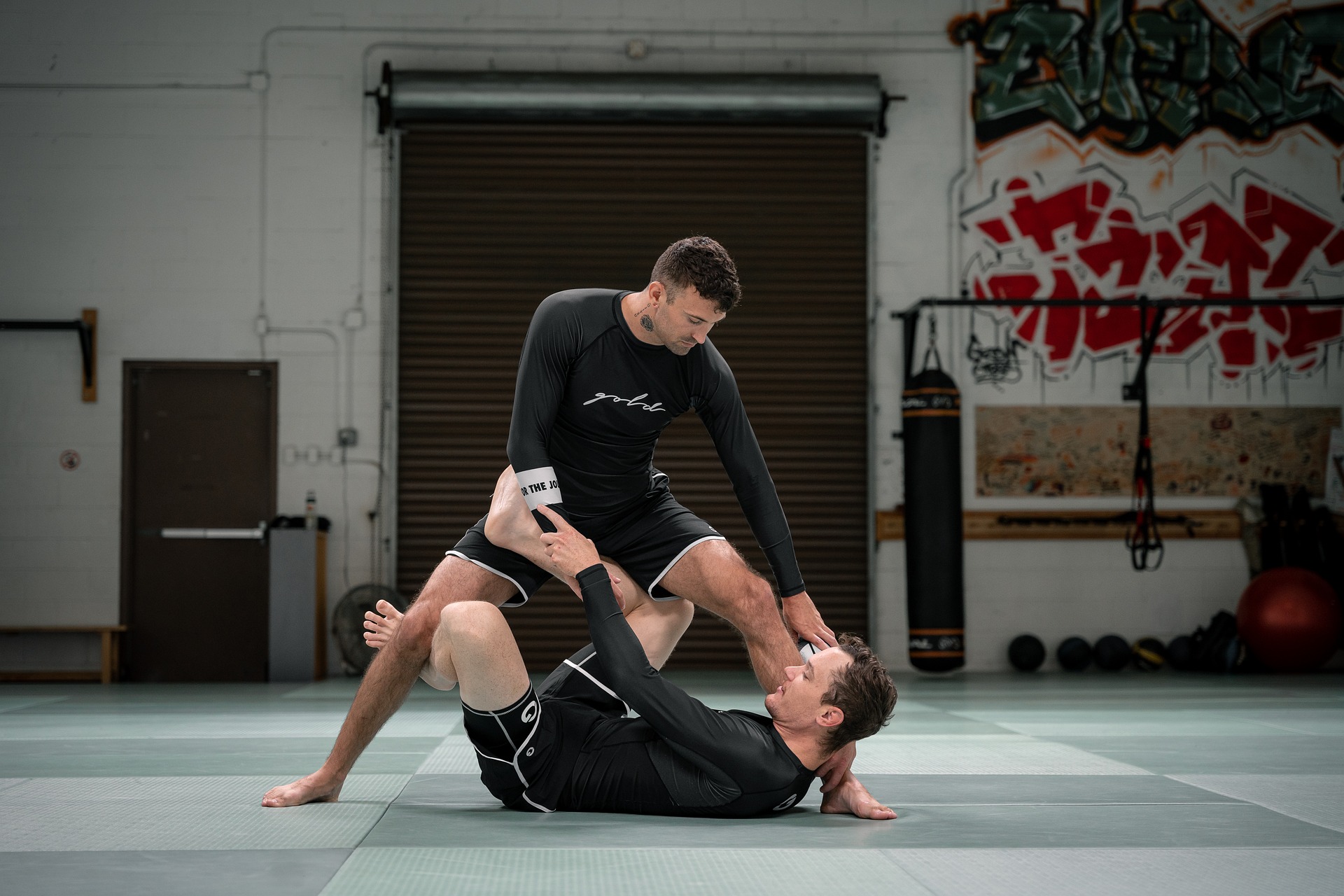Rewriting the Narrative: The Evolution and Impact of Non-Invasive Body Contouring
The realm of beauty and fitness is no stranger to transformation. It continually evolves, reflecting societal values, technological advancements, and individual desires. One such revolutionary development that has significantly reshaped this space is non-invasive body contouring, a set of techniques that have redefined the traditional approach to body shaping and weight loss.

A Dive into the Past: The Genesis of Body Contouring
Historically, invasive surgical procedures were the go-to solutions for body shaping. Liposuction, for instance, emerged in the 1980s as a popular method of fat removal. However, these procedures came with their share of risks, including infection, scarring, and lengthy recovery periods. In response to these challenges, the industry witnessed a paradigm shift towards non-invasive body contouring techniques around the turn of the century.
The Dawn of a New Era: Rise of Non-Invasive Body Contouring
Non-invasive body contouring, also known as nonsurgical fat reduction, is a set of procedures that eliminate or reduce excess body fat without requiring any incisions or anesthesia. These techniques, which include cryolipolysis (cool sculpting), radiofrequency lipolysis, and laser lipolysis, have gained significant popularity in recent years.
According to a report by the American Society of Plastic Surgeons, non-invasive fat reduction procedures saw a 6% increase from 2018 to 2019. The report further revealed that these procedures are most popular among women in their 30s to 50s, highlighting their appeal to those seeking less risky and more convenient alternatives to traditional liposuction.
Understanding the Appeal: Benefits of Non-Invasive Body Contouring
Non-invasive body contouring offers several advantages that have contributed to its popularity. Firstly, these procedures typically require minimal recovery time, enabling individuals to resume their daily activities almost immediately. Secondly, they are generally perceived as safer than invasive procedures, as they eliminate the risks associated with anesthesia and surgery.
Moreover, non-invasive techniques provide a gradual, natural-looking fat reduction, which many individuals find more appealing than the sudden changes produced by invasive procedures. Lastly, these procedures enable targeted fat reduction, allowing individuals to sculpt specific areas of their body.
Market Relevance and Industry Impact
The rise of non-invasive body contouring has had a profound impact on the beauty and fitness industry. It has driven the development of new technologies and equipment, created new professional roles and specializations, and promoted a more inclusive and body-positive narrative.
Furthermore, the growth of this sector has also stimulated research and innovation, leading to the emergence of more effective and safer non-invasive body contouring techniques. For instance, research is currently being conducted on the use of high-intensity focused ultrasound (HIFU) for fat reduction.
Looking Ahead: The Future of Non-Invasive Body Contouring
The future of non-invasive body contouring looks promising. As technology continues to advance and societal ideals of beauty become more diverse, these procedures are likely to become even more popular and accessible. Moreover, as research expands our understanding of fat reduction and body contouring, it’s anticipated that these techniques will continue to improve, offering even better results with fewer risks and side effects.
The journey of non-invasive body contouring is a testament to the beauty and fitness industry’s ability to evolve and adapt. It reflects a broader shift towards safer, more convenient, and more inclusive beauty and fitness solutions. As we move forward, it will be exciting to see how this innovative field continues to redefine our perceptions of beauty and fitness.






